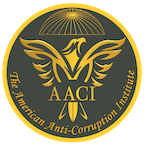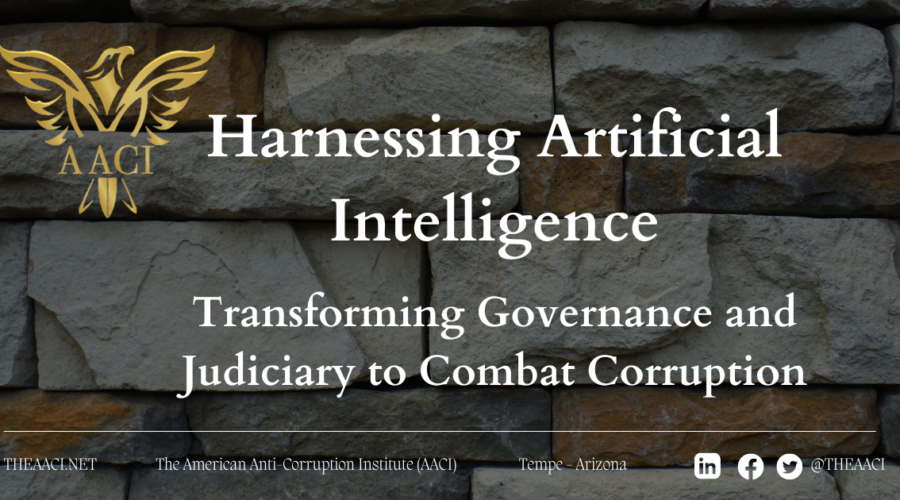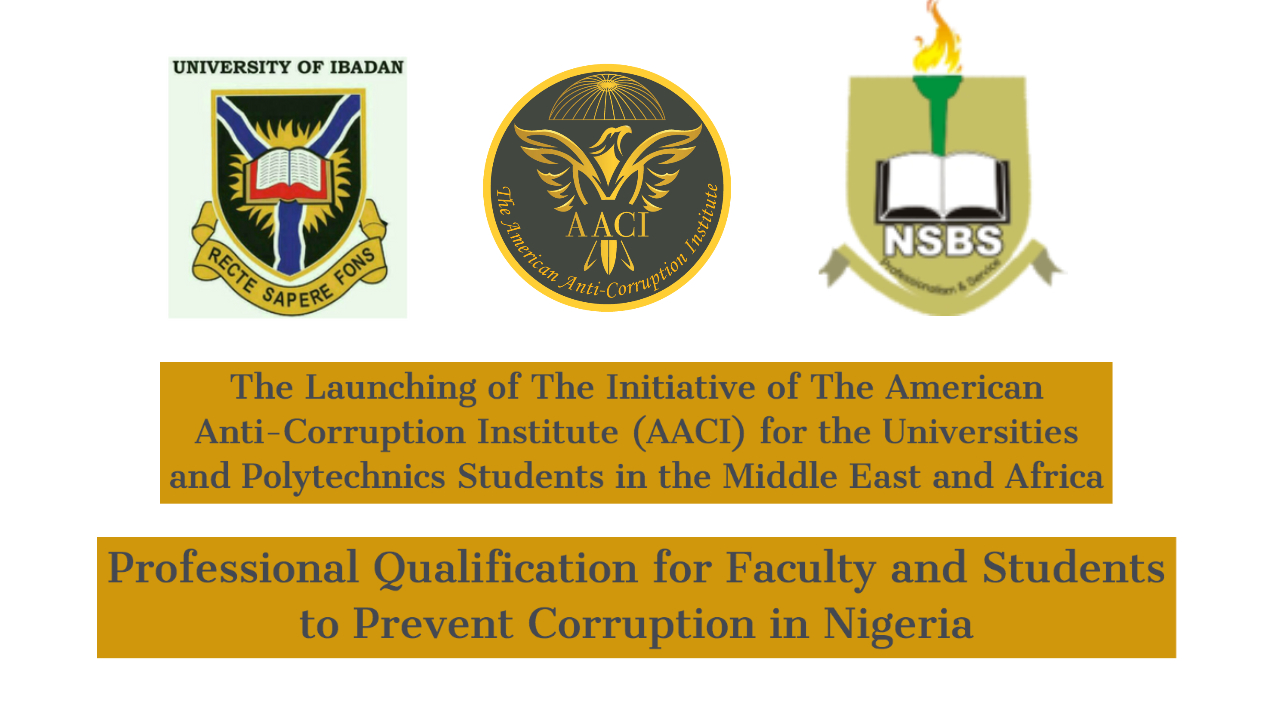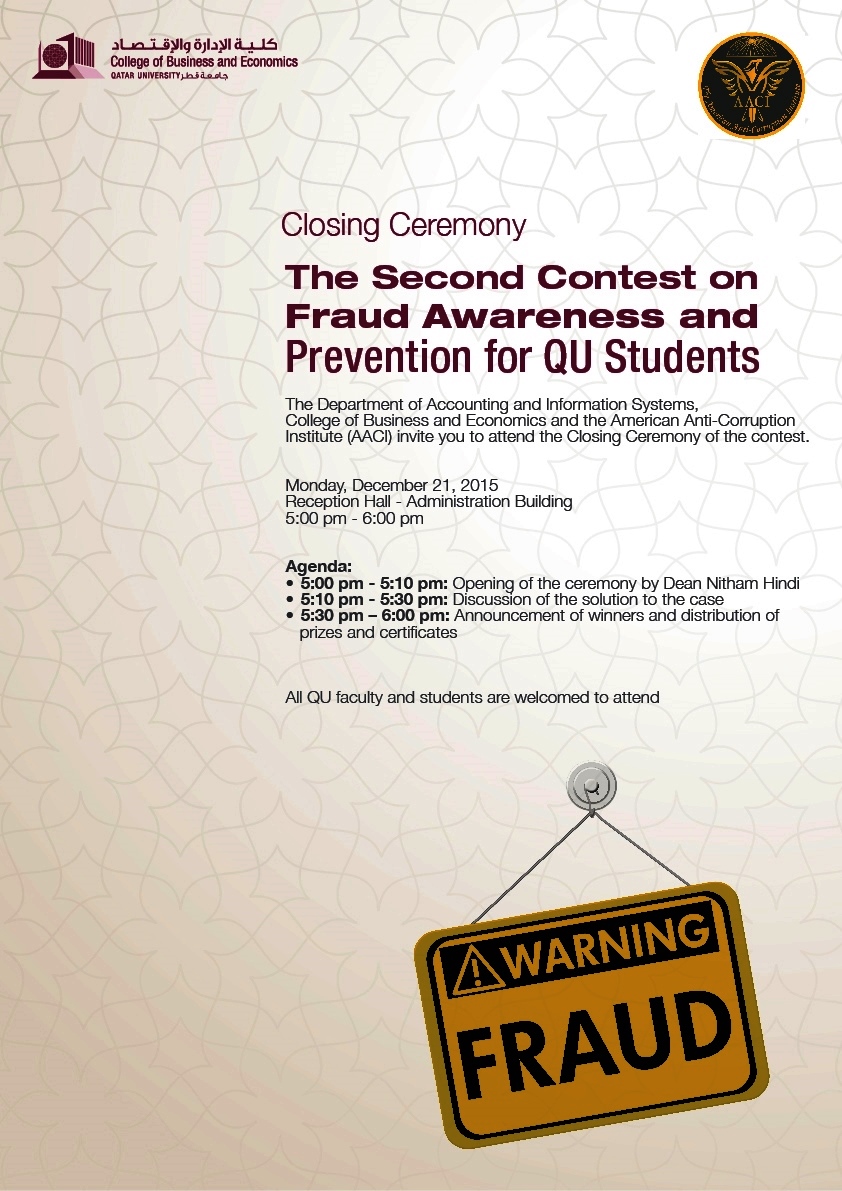Technical Staff
June 28, 2024
In the era of Artificial Intelligence (AI), the fight against corruption is undergoing significant evolution. AI technologies enhance detection and prevention efforts by analyzing large datasets for irregularities or patterns indicative of corruption. Additionally, AI automates routine compliance tasks, boosting efficiency and reducing errors. However, challenges include ethical considerations and the necessity for human oversight to ensure transparency and accountability, highlighting technology’s expanding role in global anti-corruption efforts.
AI in Anti-Corruption Efforts
The need for AI in anti-corruption efforts arises from its ability to swiftly and accurately analyze vast amounts of data. This capability improves the detection of irregularities such as unusual financial transactions or procurement discrepancies, streamlining compliance and risk identification. Balancing technological advancements with ethical concerns and maintaining human oversight is crucial for fairness and accountability.
Addressing Bias in AI
AI systems can inherit biases from their training data, potentially leading to inaccurate outcomes, especially in complex tasks like identifying corruption. Mitigating these biases requires careful data selection, preprocessing, and ongoing algorithmic monitoring and adjustment. Human oversight remains essential to interpret findings and correct biases, ensuring fairness and reliability in AI applications.
Enhancing Governance with AI
AI plays a pivotal role in enhancing governance within public institutions by improving transparency, efficiency, and accountability. It automates administrative tasks, reducing bureaucracy and accelerating decision-making. Additionally, AI-driven data analysis supports evidence-based policymaking and detects potential fraud in public procurement, bolstering integrity and trust in governmental operations.
AI’s Impact on the Judiciary
AI enhances the judiciary system’s effectiveness through streamlined legal research and document analysis. It expedites case management, reducing backlogs and promoting fair and timely resolution of disputes. AI also assists in identifying patterns of judicial misconduct or bias, thereby enhancing transparency and accountability within the judiciary. Ensuring AI systems used in the judiciary are unbiased and transparent is critical to upholding fairness and the rule of law.
Conclusion
Artificial Intelligence is reshaping anti-corruption efforts, governance practices, and judicial effectiveness worldwide. While offering significant benefits in efficiency and detection capabilities, AI also presents challenges related to bias and ethical considerations. By leveraging AI responsibly with robust human oversight, societies can harness its transformative potential to combat corruption effectively and ensure a fair and accountable governance framework.











































